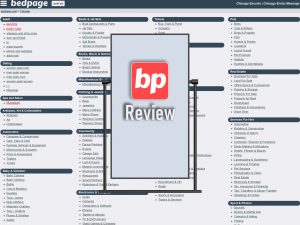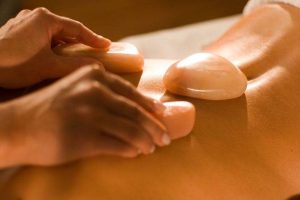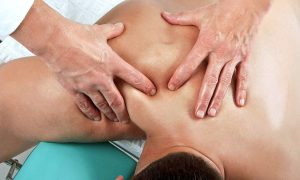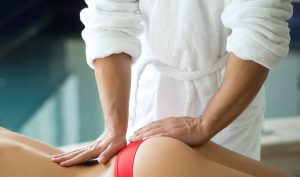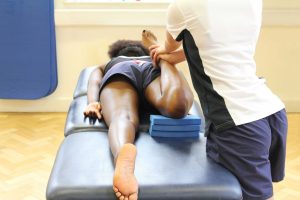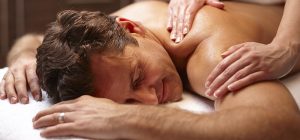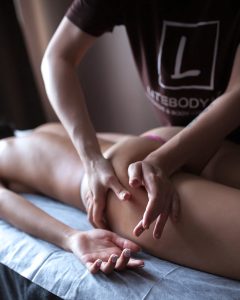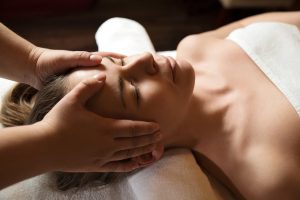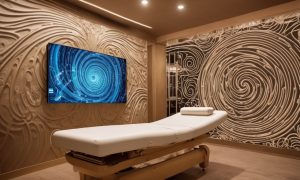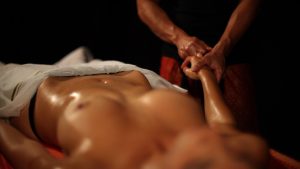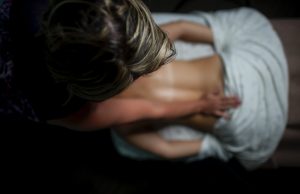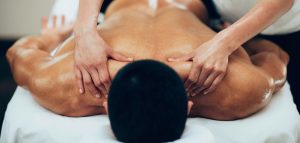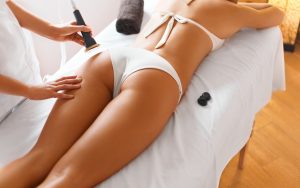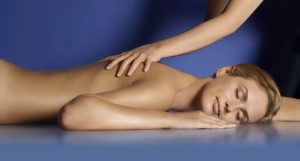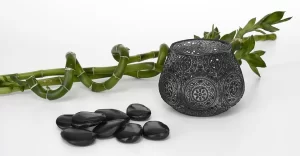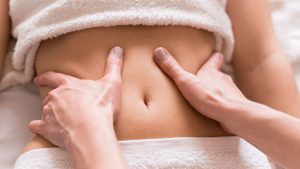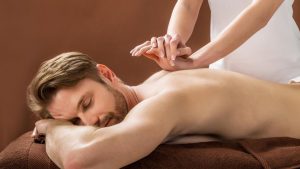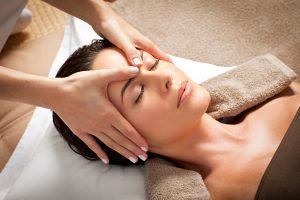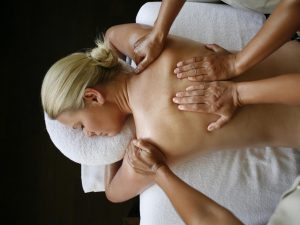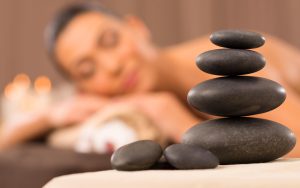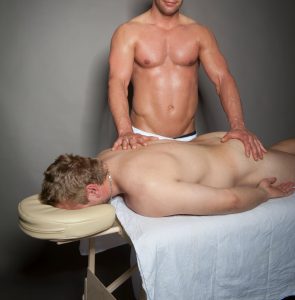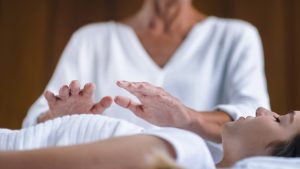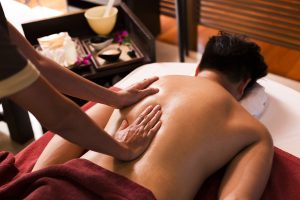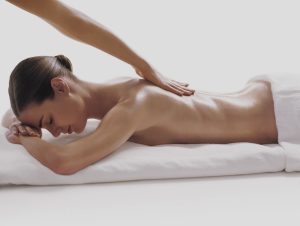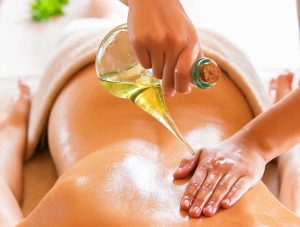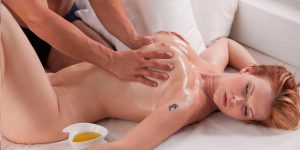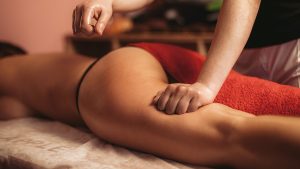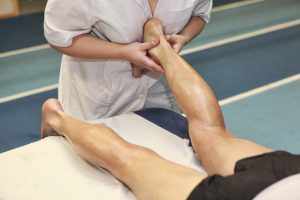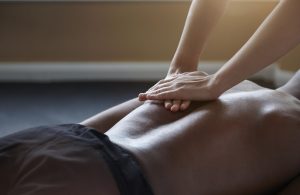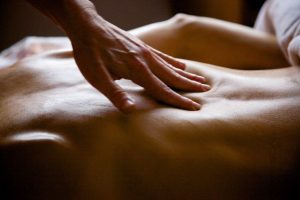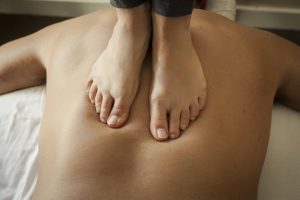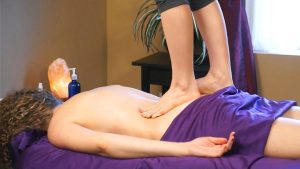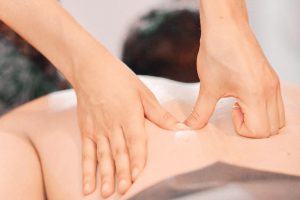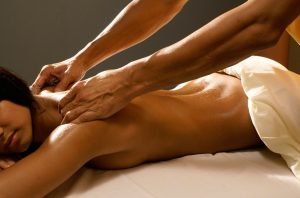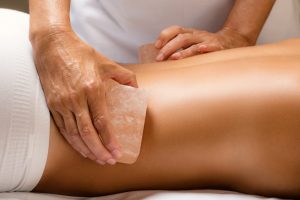Lymphatic drainage massage is an effective procedure that contributes to overall well-being and has several positive health effects. In this article, we will discuss its advantages, preparation for a session, massage techniques, and recommendations. This information will help you better understand how this relaxing practice promotes your well-being and health.
History of Lymphatic Drainage Massage
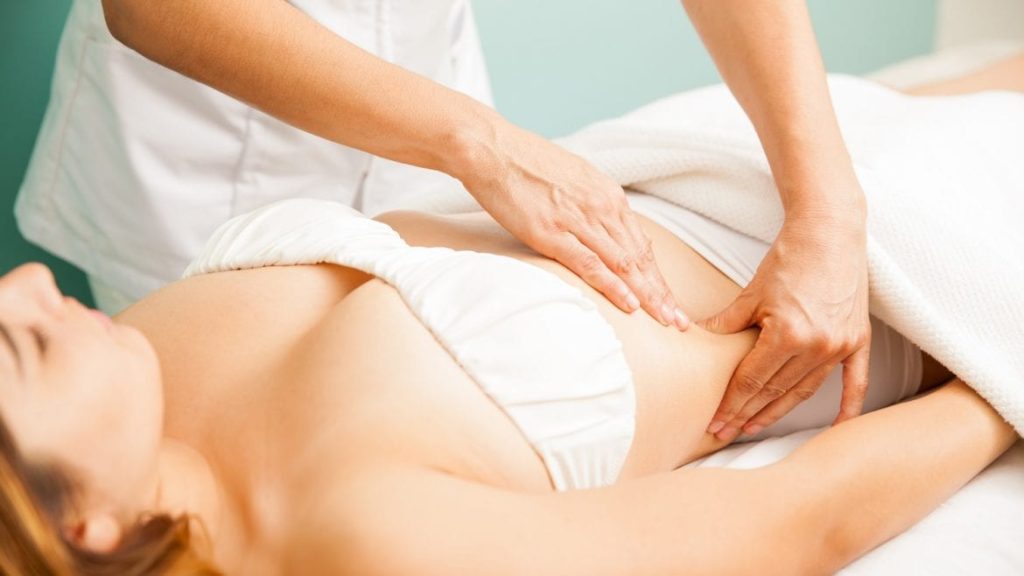
Lymphatic drainage massage was developed in the mid-20th century by Dr. Emil Vodder and her husband Emilio Vodder. This method gained popularity among medical professionals and massage therapists, evolving and improving over time. Today, this practice is widely used as part of a comprehensive approach to health care and cosmetic procedures.
Benefits of Lymphatic Drainage Massage
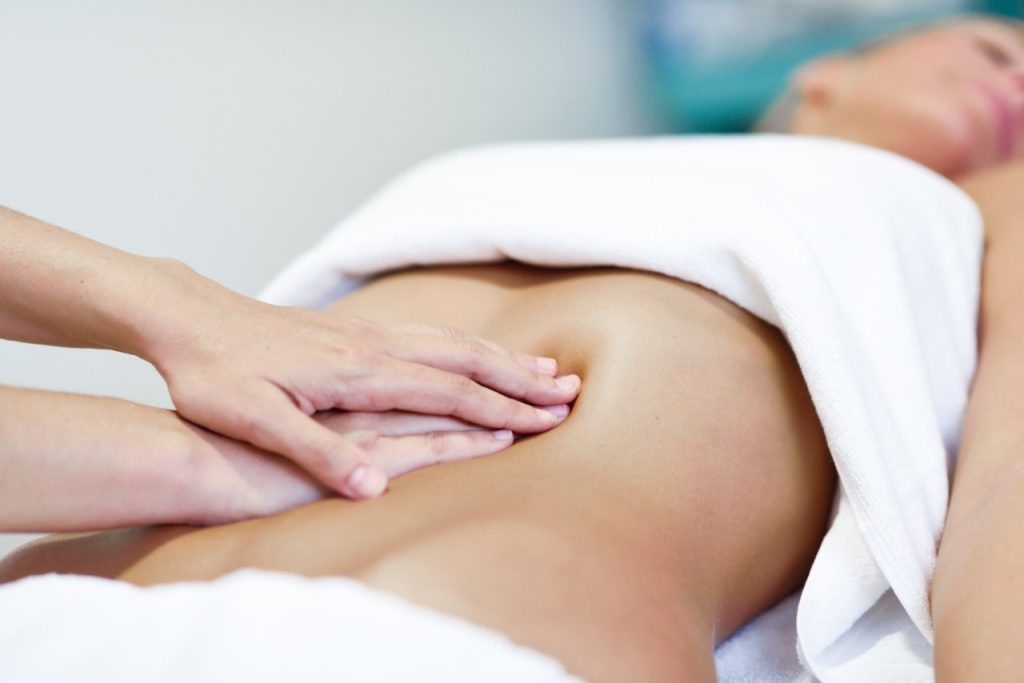
- Improved Blood Circulation and Detoxification: Stimulates lymph and blood circulation, aiding in the elimination of toxins and waste from the body.
- Reduction of Edema and Inflammation: Particularly beneficial for individuals dealing with edema, such as post-operative swelling or chronic edematous conditions.
- Immune System Support: Enhances the body’s ability to combat infections and illnesses.
- Skin Improvement and Cosmetic Benefits: Promotes skin hydration and health, prevents wrinkles, and enhances facial complexion.
- Enhanced Overall Well-being: Reduces stress and anxiety levels, contributing to emotional well-being.
Recommendations by Doctors and Specialists on Frequency
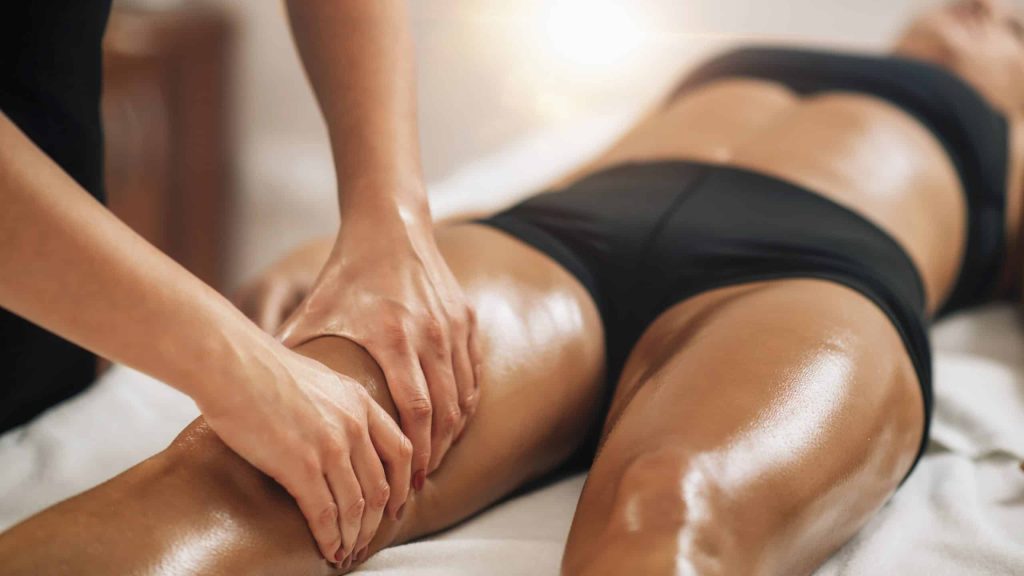
Determining the frequency of sessions is crucial to achieve optimal results and meet individual needs. Physicians and experienced massage therapists offer specific recommendations:
- Individualized Approach: Session frequency varies depending on health goals and overall well-being. Some may benefit from regular massages, while others may opt for periodic sessions.
- Health Status: Those with chronic conditions like edema or immune system disorders may require more frequent sessions.
- Massage Objectives: The recommended frequency may differ for cosmetic purposes compared to medical needs.
- General Recommendations: Typically, sessions are held 1-3 times a week for health maintenance and up to 5 times a week for medical indications. Scheduled breaks between sessions can be advised for additional recovery.
Preparation for a Lymphatic Drainage Massage
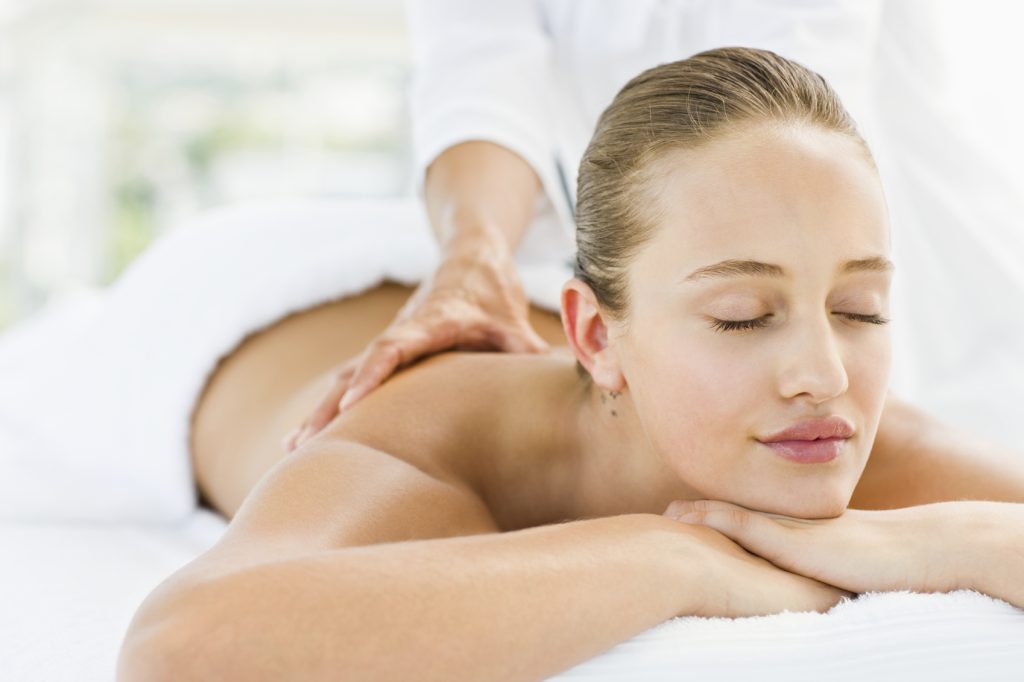
Before your session, certain preparations ensure a comfortable and effective experience:
- Consultation with a Physician or Masseur: Verify that you have no contraindications and discuss your specific needs.
- Hygiene Practices: Take a shower before the session to facilitate effective massage and reduce infection risk.
- Clothing: Sessions are often conducted with the client either nude or in underwear, but you can choose clothing that makes you comfortable.
- Jewelry Removal: Remove bracelets, rings, or necklaces that might obstruct the procedure.
- Diet and Hydration: Avoid heavy, large meals immediately before the massage. Ensure you are adequately hydrated.
- Relaxation and Meditation: Prior to the session, try to relax and prepare mentally. Meditation and deep breathing exercises can help you achieve a calm state.
Popular Lymphatic Drainage Massage Techniques

- Vodder Method: Gentle, rhythmic movements to reduce swelling and inflammation.
- Le Fook Method: Gentle touches and specific motions for improving skin and reducing stress.
- Anne Taylor’s Method: A combination of various techniques tailored to individual needs.
- HydroLymphatic Drainage: Utilizes special equipment with water pressure to enhance overall body condition.
- Use of Essential Oils: Many massage therapists incorporate essential oils for aromatherapy, enhancing relaxation and well-being.
Questions and Answers:
What are the contraindications and limitations for lymphatic drainage massage?
Patients with acute infectious diseases, such as the flu, are advised not to undergo this procedure until they have fully recovered. Individuals with severe cardiovascular issues like thrombosis or heart failure should also exercise caution. For those with oncological conditions, this massage should only be performed after consultation with a physician.
How long does a lymphatic drainage massage session typically last?
On average, a single session lasts between 30 to 60 minutes. For cosmetic purposes, the session may be shorter, while medical purposes may require more time. Some clients may require extra time for specific areas or techniques. Before starting, you can always discuss the duration with the masseur, ensuring it aligns with your goals and comfort while adapting to your health condition.
What is lymphatic drainage?
Lymphatic drainage is a specialized massage technique that aims to stimulate the lymphatic system, helping to remove lymph fluid from the body and improve lymph flow. It is a gentle and rhythmic massage that can have various benefits for the body.
How often should you get a lymphatic drainage massage?
The frequency of lymphatic drainage massage sessions depends on various factors such as your individual needs and goals, as well as any underlying health conditions. It is best to consult with a professional massage therapist who can create a personalized treatment plan for you. As a general guideline, some people may benefit from weekly sessions, while others may find monthly or bi-monthly sessions sufficient.
What areas of the body can benefit from lymphatic drainage massage?
Lymphatic drainage massage can be performed on various areas of the body, including the arms, legs, abdomen, face, and neck. The specific areas targeted during a session may depend on your individual needs and concerns.
What are the benefits of lymphatic drainage massage?
How does lymphatic drainage massage stimulate the lymphatic system?
Lymphatic drainage massage uses techniques that exert gentle pressure and rhythmic movements to stimulate the flow of lymphatic fluid through the lymph vessels. This encourages the removal of waste, toxins, and excess fluid from the body, while also promoting the regeneration of healthy cells.
What happens during a lymphatic drainage massage session?
During a lymphatic drainage massage session, you will typically lie on a massage table or bed while the therapist applies gentle, rhythmic strokes using their hands or specialized tools. The session may focus on specific areas or cover the entire body, depending on your needs.

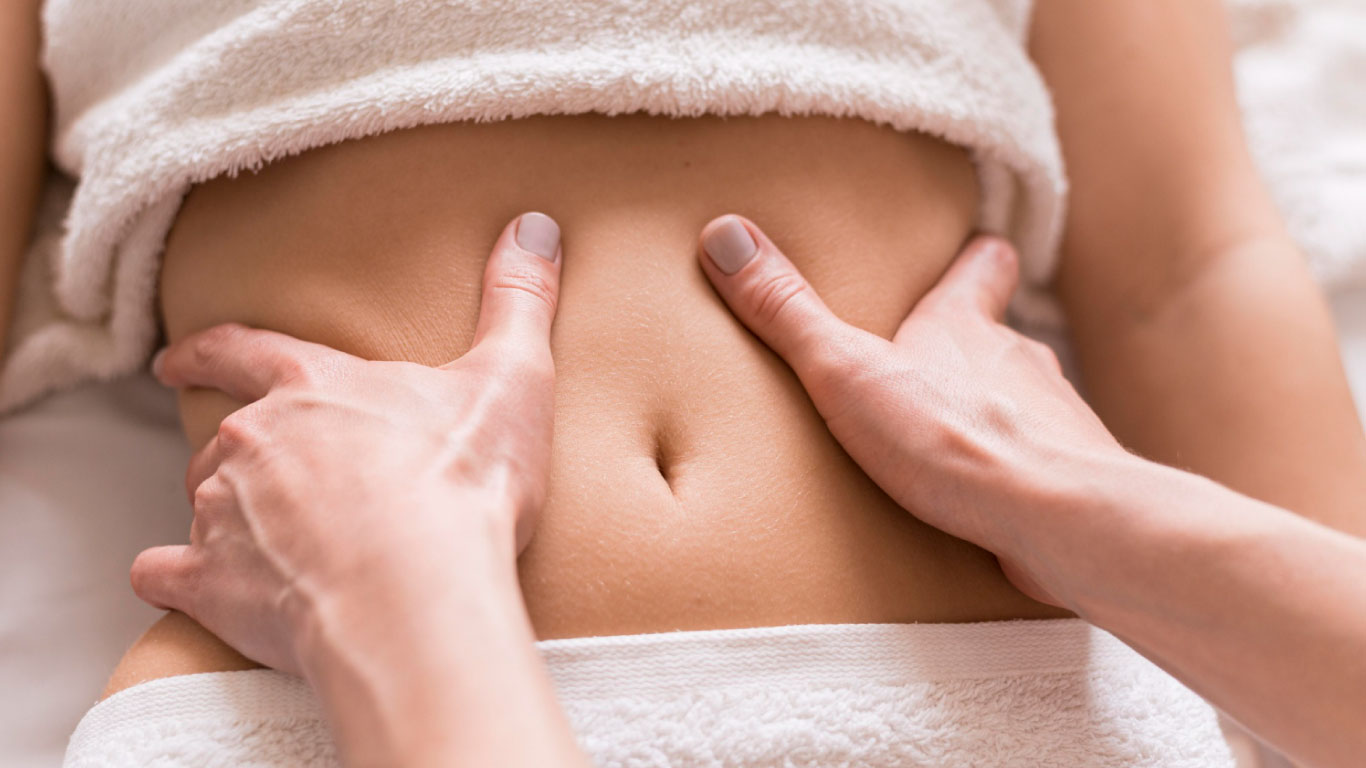










![11 Best Alternatives to Bedpage: Your Ultimate Guide [March 2024]](https://massage.dating/wp-content/uploads/2024/03/Best-Alternatives-to-Bedpage-300x200.jpg)

